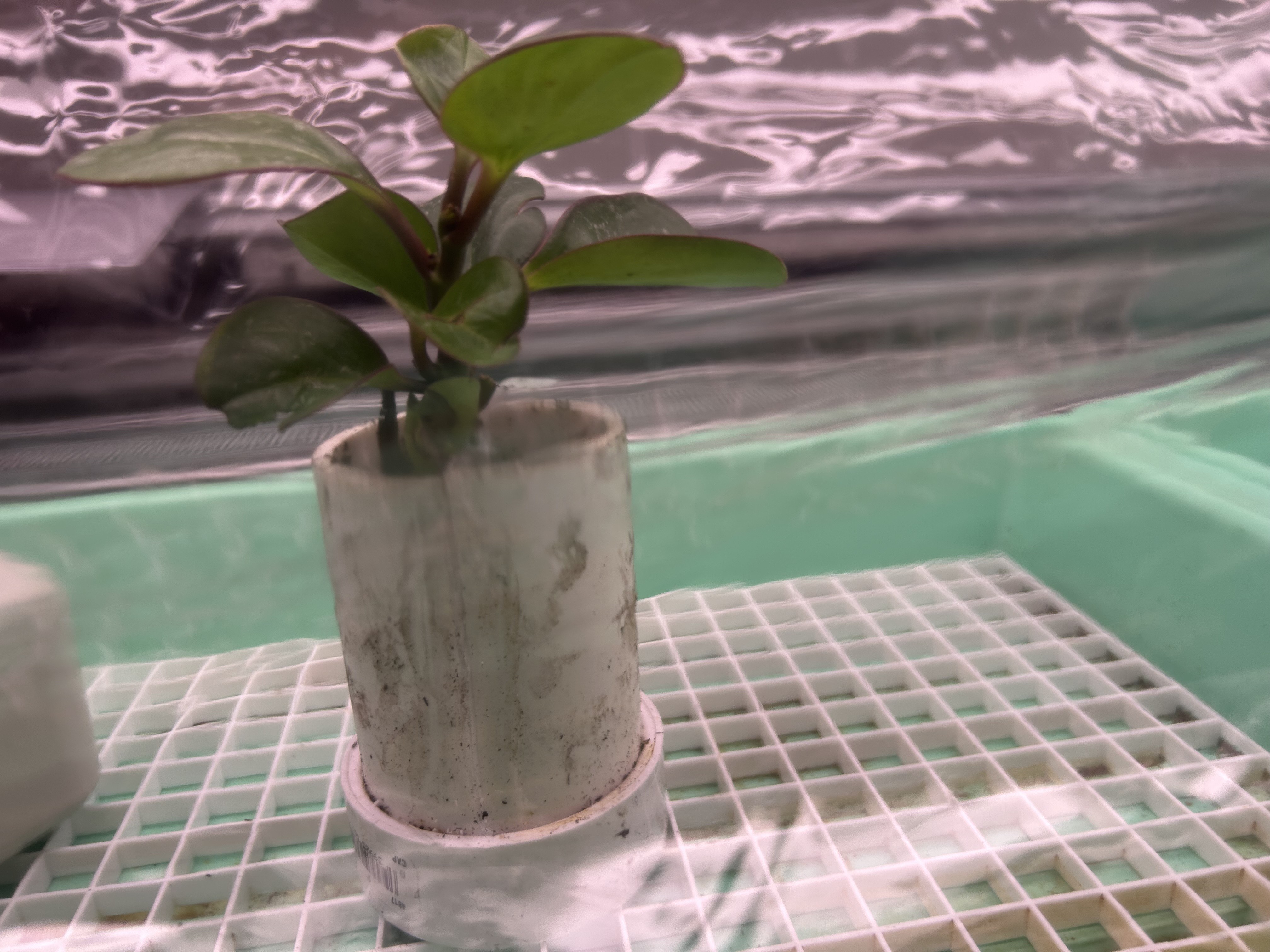Pictures of my work


Evaluating the Effect of Carbon Dioxide on the Rate of Transfer in Mycorrhizal Networks.
This project is now more relevant than ever before as carbon dioxide continues to increase, showing no evidence that it will slow down as it reaches historical highs. It is vital to understand all parts of the ecosystem to fully understand the effects of greenhouse gases on our planet. Moreover, mycology, the study of fungi, is a critically understudied field due to a multitude of reasons; difficulty studying fungi in a laboratory, difficulty in growing and culturing, as well as a lack of interest (Ralls, 2024). The lack of research in mycology is rather disappointing, especially due to the relevance that fungi can have over an entire ecosystem. The discovery of mycorrhizal networks completely changes our understanding of how forests and other habitats interact. Whereas before, it was considered that plants worked by themselves, now we understand that plants often rely on other plants, as well as fungi, to survive, changing theories of evolution between plants, as well as their history. The implantation of mycorrhizal fungi into farming has provided benefits to their growth. Plants can react to stimuli and absorb nutrients that they would be unable to even identify on their own, improving the livelihood of the plants, as well as improving the crop themselves (郭涛, 习向银, 2013). Mycorrhizal networks are relevant in nature that not including or considering them in environmental studies decreases the value of that study. Currently, scientists have identified 50,000 fungal species that form mycorrhizal associations with 250,000 plant species (van der Heijden et al., 2015), showing how widespread they are. Therefore, by excluding mycorrhizal fungi from studies about the effects of increasing carbon dioxide, science fails to make predictions accurately to nature itself as a large part of ecosystems are ignored (Atmospheric carbon dioxide, 2022). Hence, why it is so important to understand how the rate of transfer is affected by changes in the amount of carbon dioxide. The change in transfer rate may show how ecosystems can react to changes in carbon dioxide. If plants have increased amounts of transfer, they may change the whole function and communication of the ecosystem. With this study, I hope to prove how the rate of change in mycorrhizal networks change as CO2 exposure changes, to show the effects of global warming on the networks.

